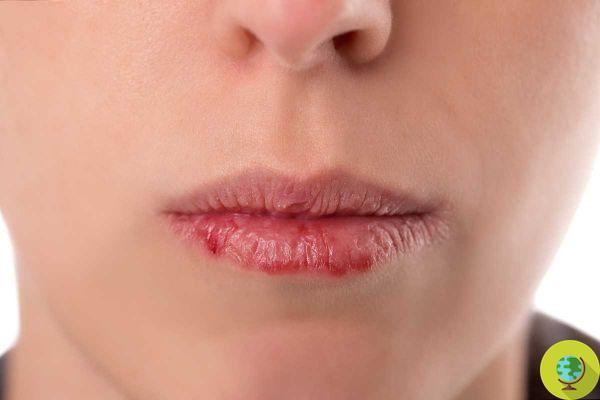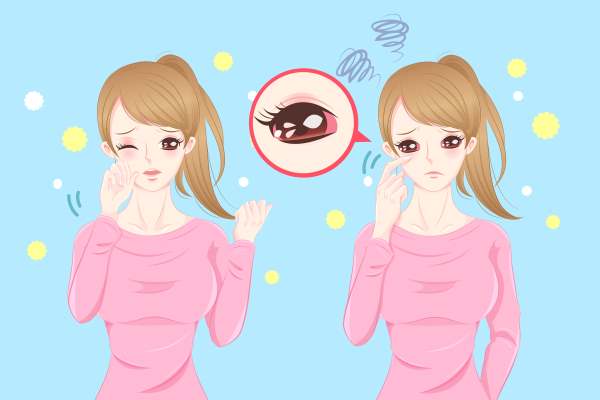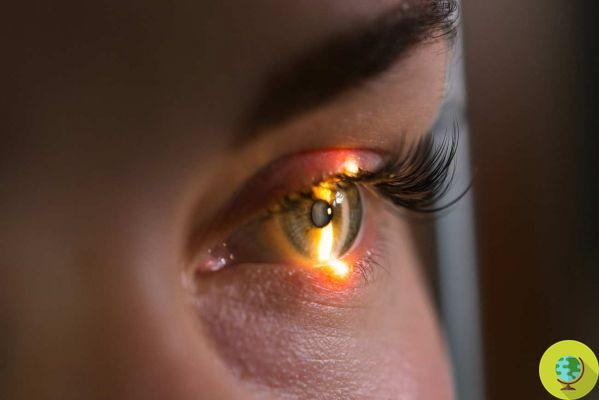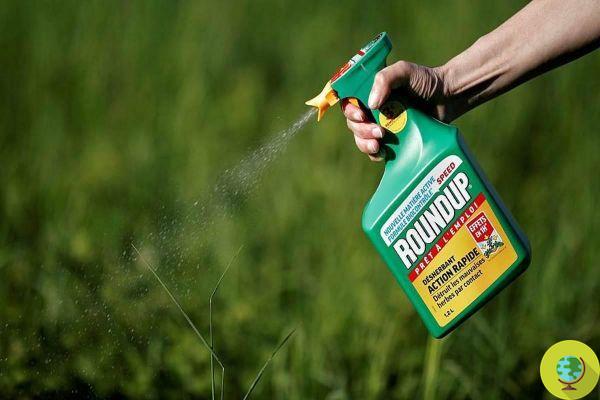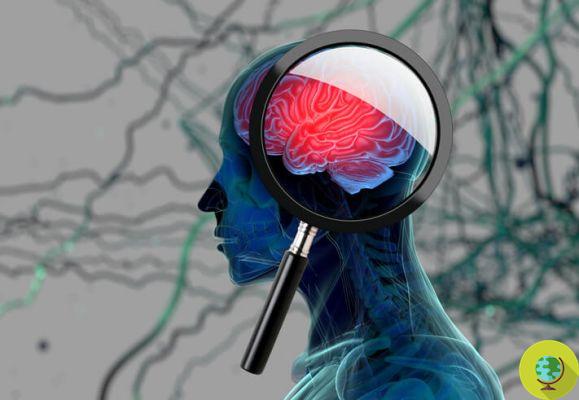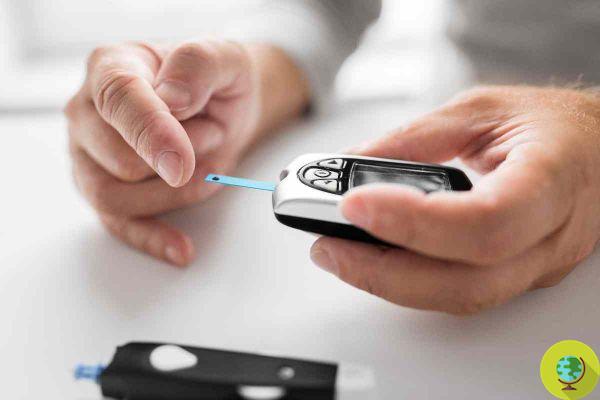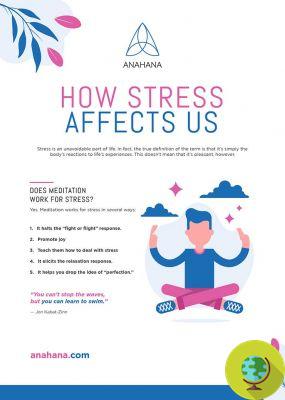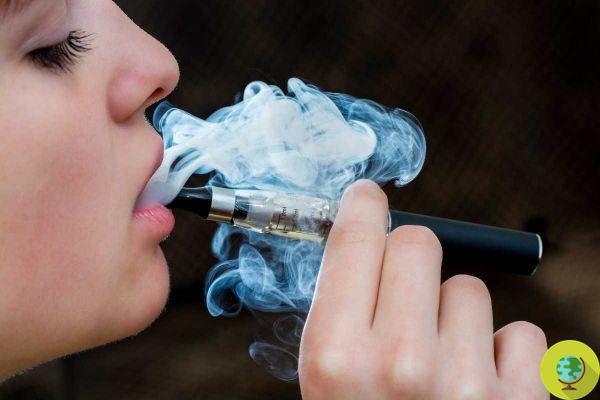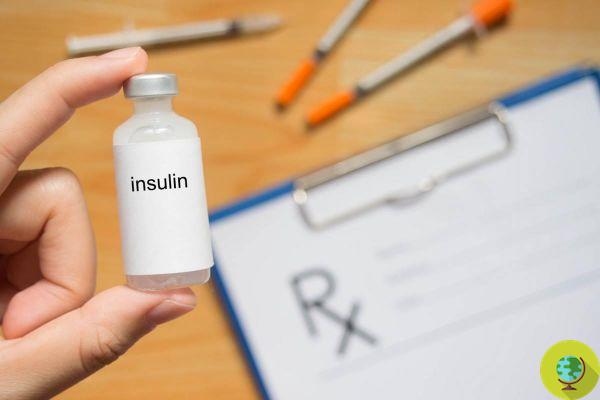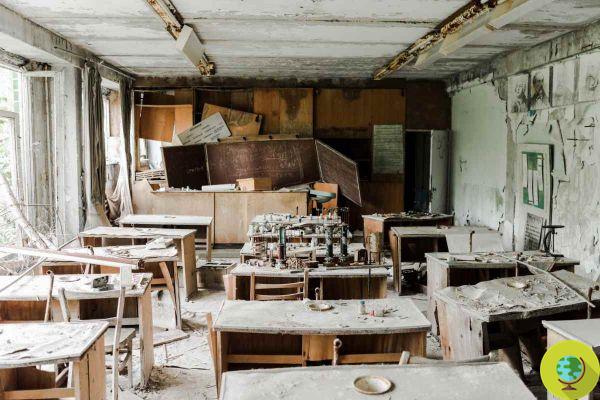
The disaster of 36 years ago brought with it first of all a conviction: that that trail of uncontrollable radiation could last forever and condemn future generations to certain disease. But is it really so?
Don't store avocado like this: it's dangerous
There are 36. One after the other we count the years that separate us from that April 26, 1986. Every year a sort of anniversary so as not to weaken the memory of what happened. Whether you like it or not, you need memory. But on the mud and the death that is causing the war right there, right in Ukraine, this day seems to dress in something even more dramatic. If possible.
The causes and, above all, consequences of the accident at the Chernobyl nuclear reactor 36 years ago have been explored. Known as the most serious accident ever in the nuclear industry, that disaster actually brought with it a long trail of destruction and disease.
Almost inevitable, if we consider that, then, endless clouds of radioactive fallout penetrated into people's lungs, deposited on homes and fields and contaminated food supplies. It was said that milk, cured meats and eggs were now "a radioactive by-product". And nothing was the same as before.
Chernobyl 36 years later: the war in Ukraine has rekindled a never forgotten nightmare
Index
The Chernobyl accident, the consequences
As we read in an accurate analysis of the United Nations Scientific Committee on the Effects of Atomic Radiation (UNSCEAR), the United Nations Scientific Committee for the study of the effects of ionizing radiation, significant quantities of radioactive material were actually released into the environment. .
The accident caused the death, within a few weeks, of 30 workers and over a hundred others injured by radiation. In response, the authorities evacuated approximately 1986 people from the areas surrounding the reactor in 115 and subsequently relocated, after 1986, approximately 220 people from Belarus, the Russian Federation and Ukraine. The accident caused severe social and psychological distress in the lives of those affected and huge economic losses in the entire region.
Among the residents of Belarus, the Russian Federation and Ukraine, up to 2005 they had been reported more than 6 thousand cases of thyroid cancer in children and adolescents who had been exposed at the time of the accident and more cases can be expected over the next few decades. Despite the influence of enhanced screening regimens, many of these cancers were likely caused by radiation exposure soon after the accident.
Aside from this increase, according to reports, there is no evidence of a major impact on public health attributable to radiation exposure as early as two decades after the accident. There is no scientific evidence of increases in overall cancer incidence or mortality rates or non-malignant disease rates that could be related to radiation exposure. The incidence of leukemia in the general population, a major concern due to the shorter expected time between exposure and onset compared to solid tumors, does not appear to be high. Although the most exposed individuals are most at risk of radiation-associated effects, the large majority of the population is unlikely to suffer serious health consequences from the radiation from the Chernobyl accident.
The exposure of individuals
The radionuclides released from the reactor to which people were most exposed were mainly iodine-131, cesium-134 and cesium-137. The iodine-131 has a short radioactive half-life (eight days), but can be transferred to humans relatively quickly from the air and through the consumption of XNUMX cups milk contaminated and leafy vegetables. Iodine is localized in the thyroid gland. For reasons related to the intake of milk and dairy products by infants and children, as well as the size of their thyroid glands and their metabolism, radiation doses are generally higher for them than for adults.
The isotopes of the cesium they have a relatively longer half-life (cesium-134 has a half-life of 2 years while that of cesium-137 is 30 years). These radionuclides cause long-term exposure through the ingestion route and through external exposure from their deposition on the ground. The average effective doses to those most affected by the accident were estimated to be around 120 mSv for 530 recovery workers, 30 mSv for 115 evacuated people, and 9 mSv during the first two decades after the accident for those who continued to reside in contaminated areas. (For comparison, the typical dose from a single computed tomography scan is 9 mSv). Outside of Belarus, the Russian Federation and Ukraine, other European countries were hit across the board by the incident. National mean doses were below 1 mSv in the first year after the disaster with progressively decreasing doses in subsequent years. The average lifetime dose in distant European countries has been estimated to be around 1 mSv.
Exposures were much higher for those involved in mitigating the effects of the accident and for those residing nearby.
Effects on health
The Chernobyl accident caused many severe radiation effects almost immediately. Of the 600 workers on site during the early morning of April 26, 1986, 134 received high doses (0,8-16 Gy) and suffered from radiation sickness. Of these, 28 died in the first three months and another 19 died in 1987-2004 from various causes not necessarily associated with radiation exposure. In addition, according to the 2008 UNSCEAR report, most of the 530 registered workers in recovery operations received doses ranging from 0,02 Gy to 0,5 Gy between 1986 and 1990. That cohort is still at potential risk of late consequences. such as cancer and other diseases and their health will be closely followed.
The Chernobyl accident also caused widespread radioactive contamination in areas of Belarus, the Russian Federation and Ukraine inhabited by several million people. The incident, in addition to causing radiation exposure, resulted in long-term changes in the lives of people living in contaminated districts, as measures to limit radiation doses included resettlement, changes in food supplies and restrictions on health. activities of individuals and families.
Over the past two decades, attention has been focused on studying the association between exposure caused by the radionuclides released in the Chernobyl accident and late effects, in particular the thyroid cancer in children. Thyroid doses received in the first months after the accident were particularly high in those who at the time were children and adolescents in Belarus, Ukraine and the most affected Russian regions and drank milk with high levels of radioactive iodine. In 2005, more than 6 cases of thyroid cancer were diagnosed in this group and it is very likely that a large proportion of these thyroid cancers are attributable to RAI. In addition, the increase in the incidence of thyroid cancer due to the Chernobyl accident is expected to continue for many years.
Evidence of some increase in the incidence of leukemia is emerging among Russian workers in higher-dose recovery operations. However, based on other studies, the annual incidence of radiation-induced leukemia is expected to decrease within a few decades of exposure.
No genetic mutations
Survivors of the Chernobyl nuclear disaster have long lived with persistent fear: Did radiation exposure doom their children to genetic diseases? But the new findings have essentially allayed this fear. In a study of over 200 Chernobyl survivors and their children, researchers found no evidence of a transgenerational effect.
From 2014 to 2018, for a study published in Science, a team led by Meredith Yeager, a researcher at the US National Cancer Institute, sequenced the genomes of 105 parents and 130 children born between 1987 and 2002. The study focused on families in which at least one parent was within a 70 km radius of Chernobyl or had worked as a "liquidator" at the reclamation.
To determine whether the radiation affected the children's DNA, the researchers tracked de novo mutations or slight variations in a child's DNA that are not present in either biological parent. These are a type of natural mutation, since the cellular gear that copies our DNA during cell division - including those that produce sperm and eggs - can make occasional mistakes. On average, there are 50 to about 100 of these random mutations in our genome that distinguish our DNA from that of our parents.
Ultimately, according to the researchers, if that radiation had worked, more mutations would have been recorded in children whose parents had been subjected to higher doses of radiation. But no such relationship was noted. In contrast, what most influenced the number of de novo mutations was the age of the father.
Follow your Telegram | Instagram | Facebook | TikTok | Youtube
Fonti: UNSCEAR / Science
Read also:
- Chernobyl, 35 years after the nuclear disaster, wild horses return to graze in the exclusion zone
- Chernobyl: Bumblebees are still at risk from radiation nearly 35 years after the terrible nuclear disaster
- In the melting glaciers, you find radioactive traces of the Chernobyl nuclear disaster
- Wheat from Chernobyl is still contaminated, even what grows outside the exclusion zone




